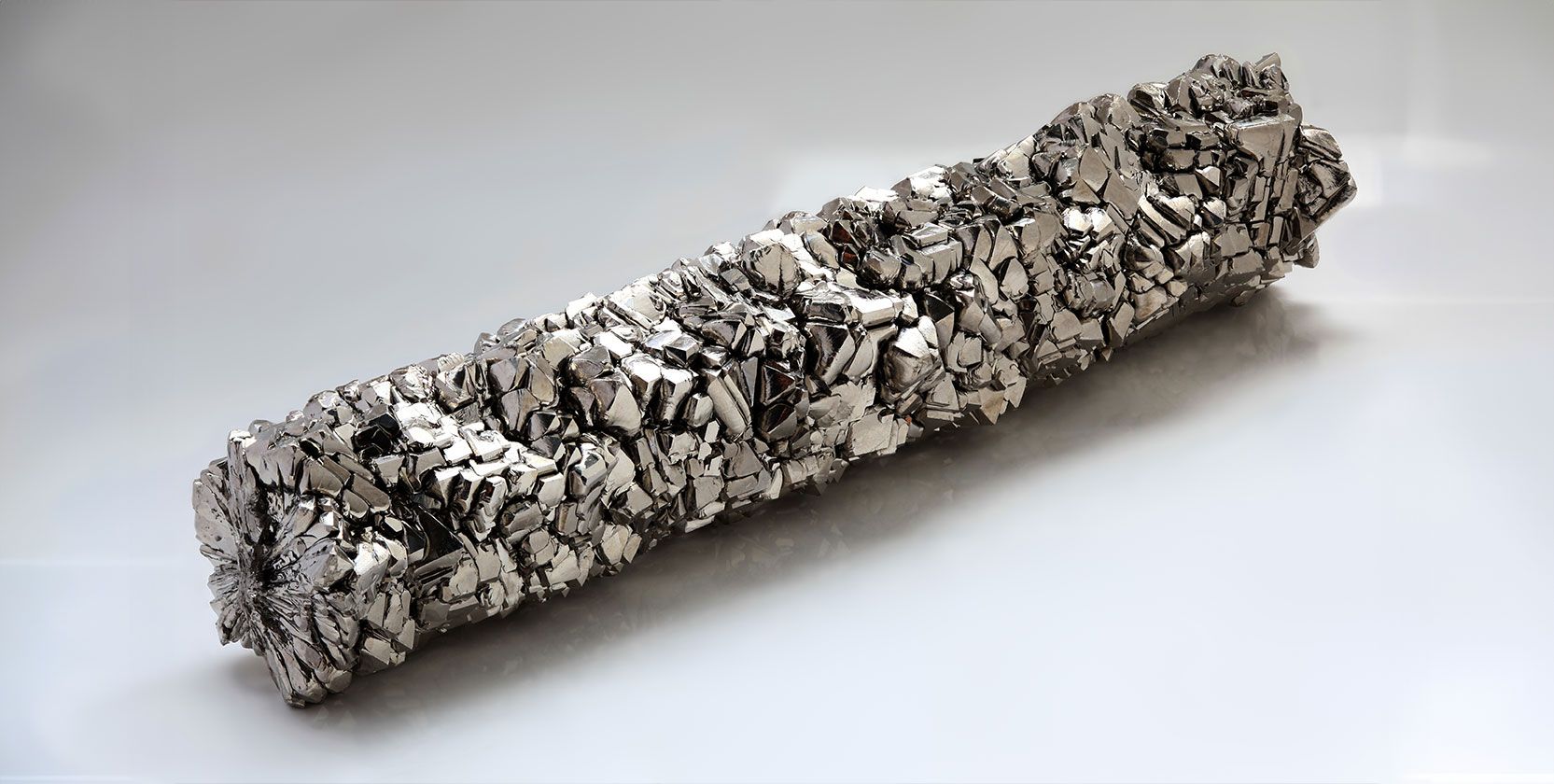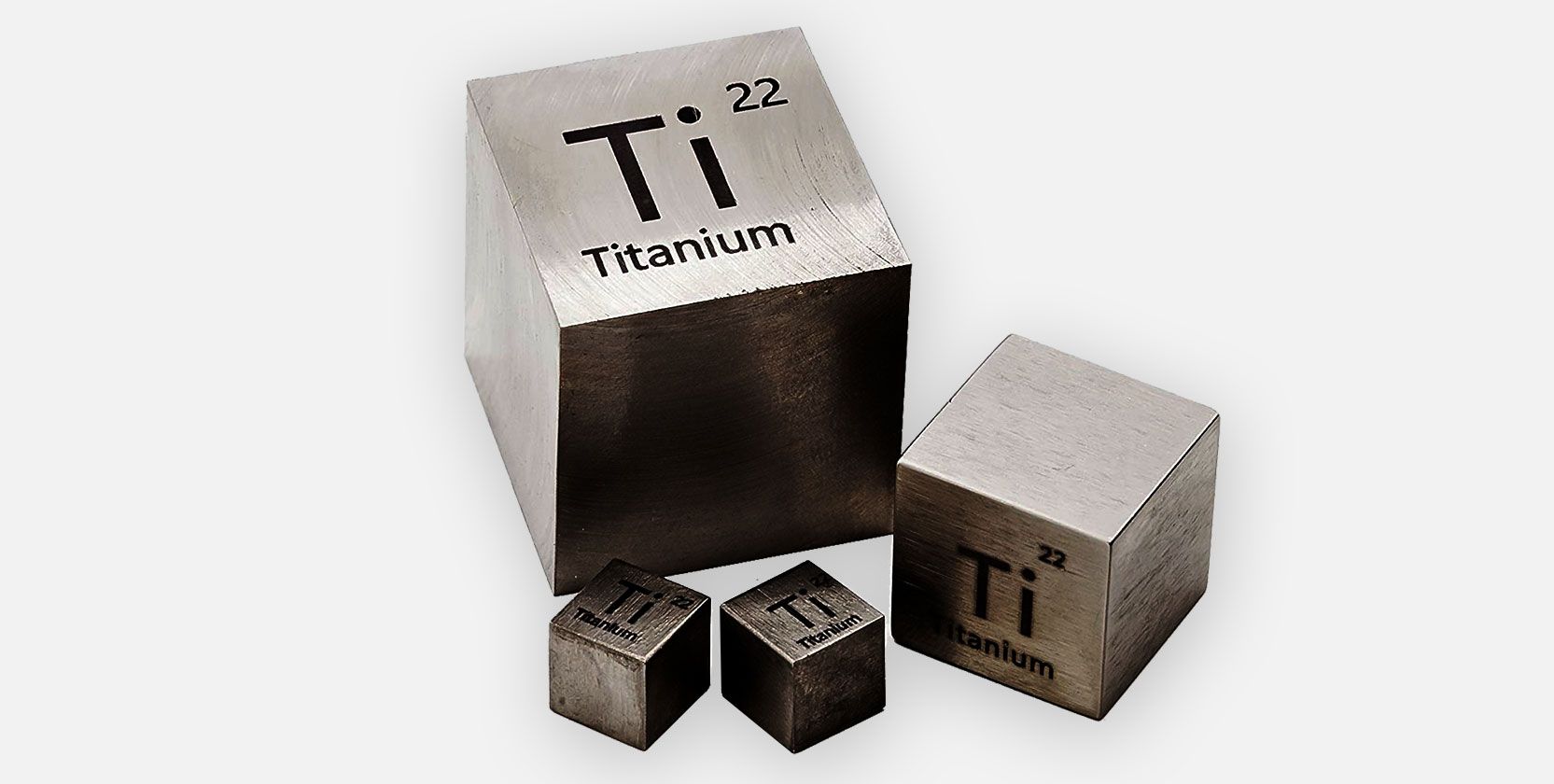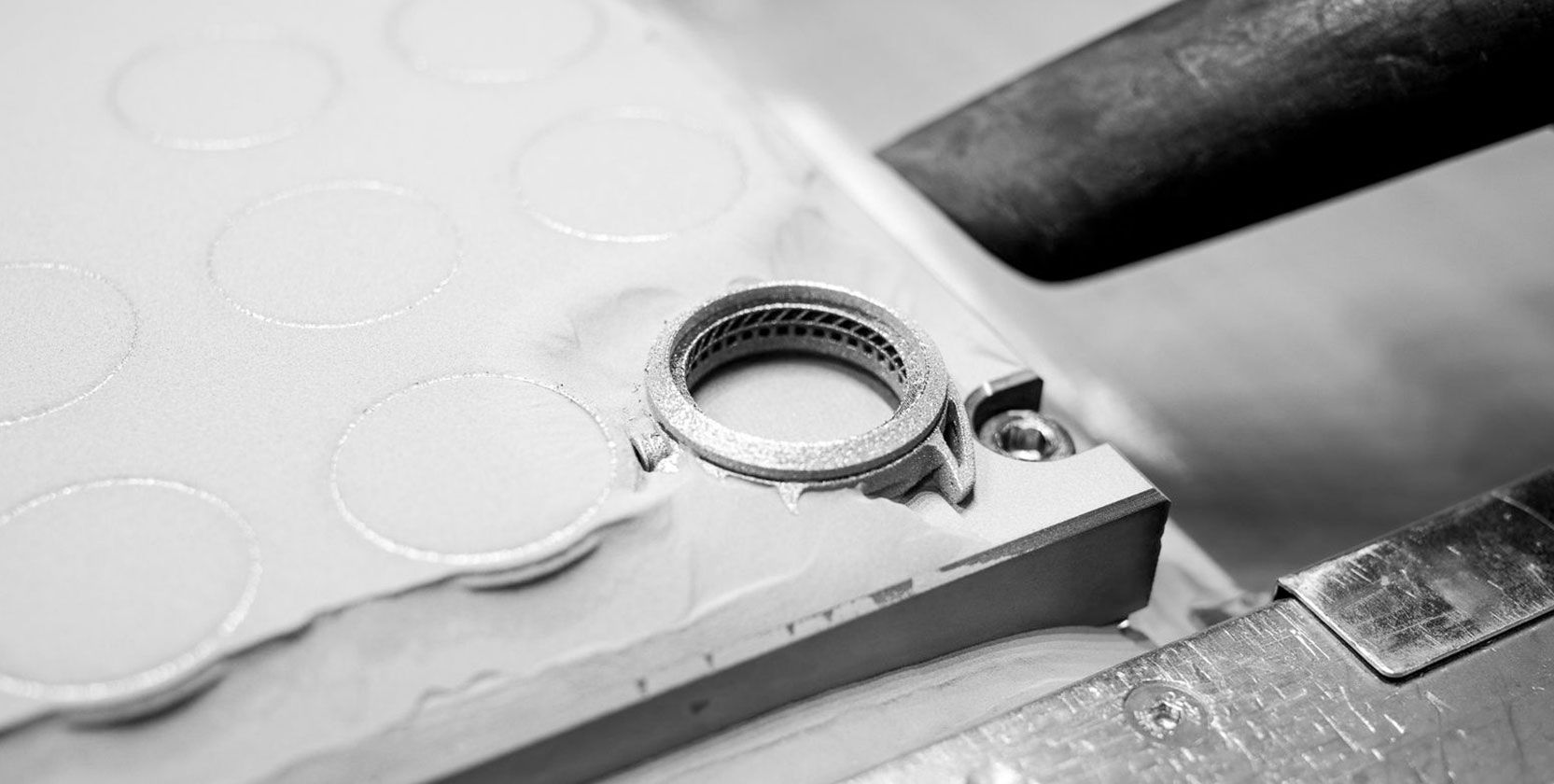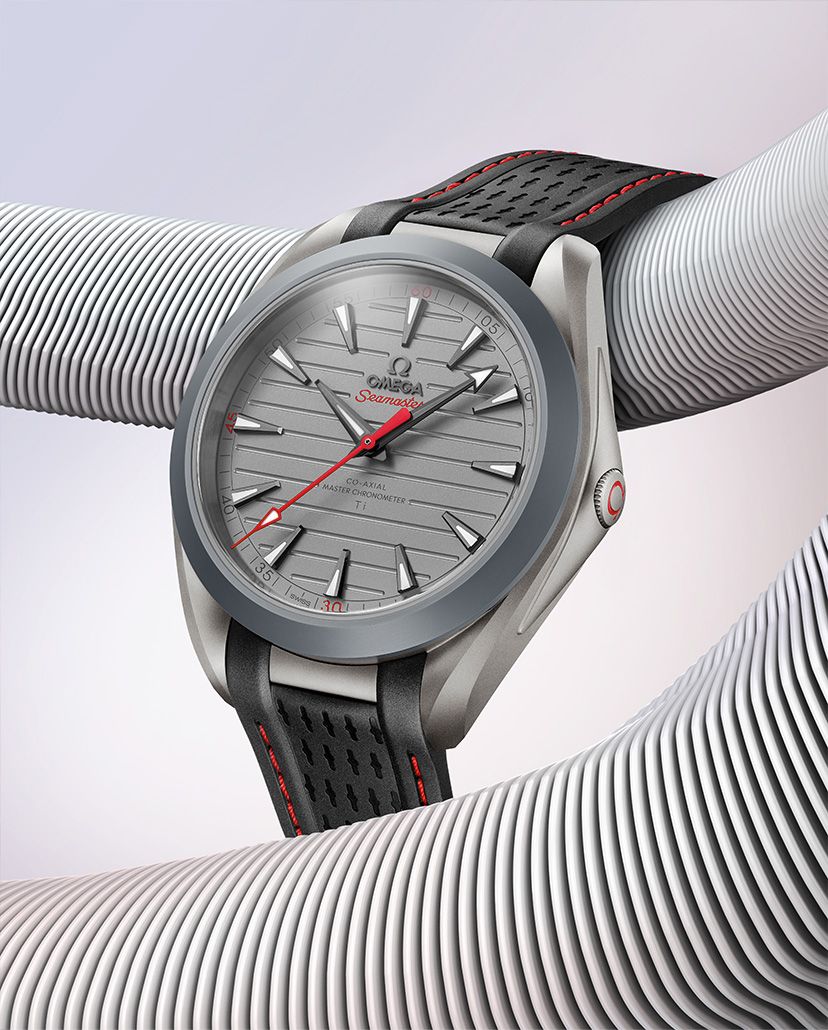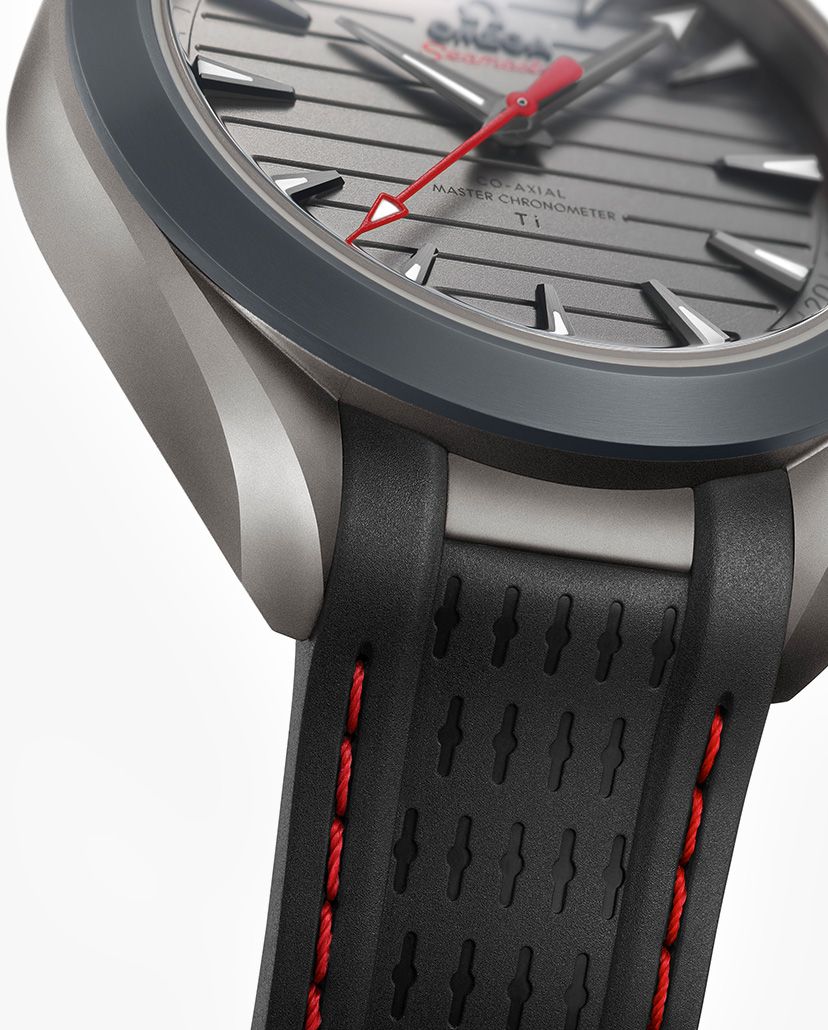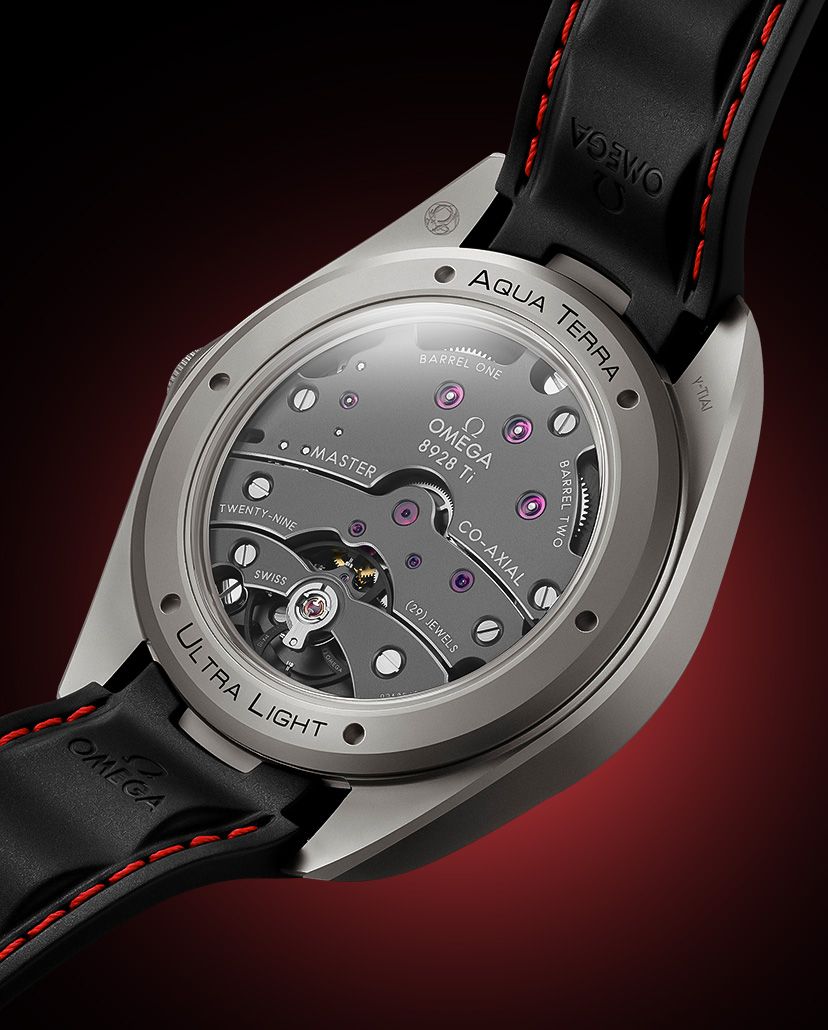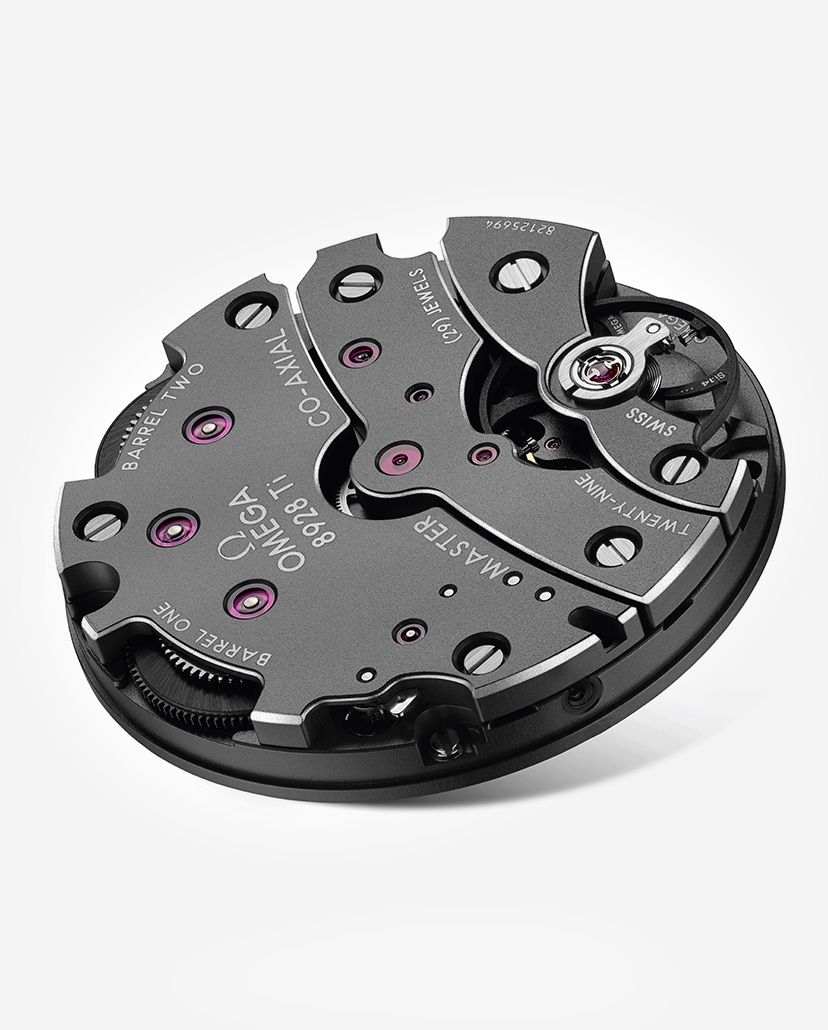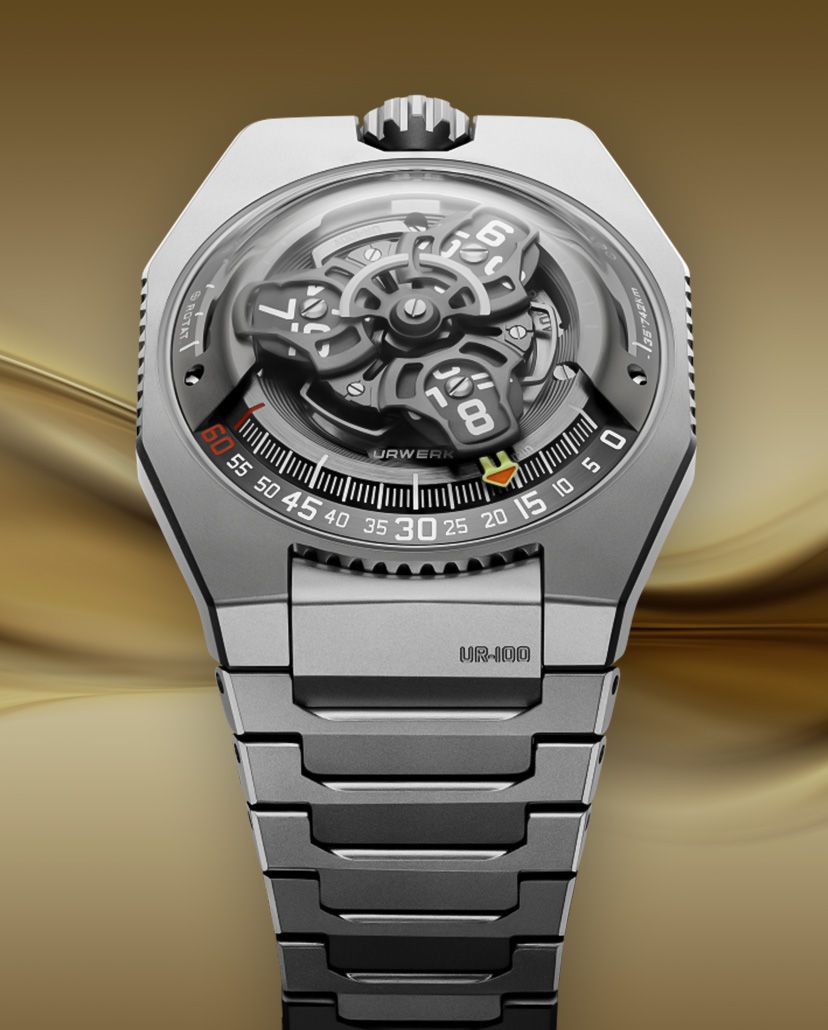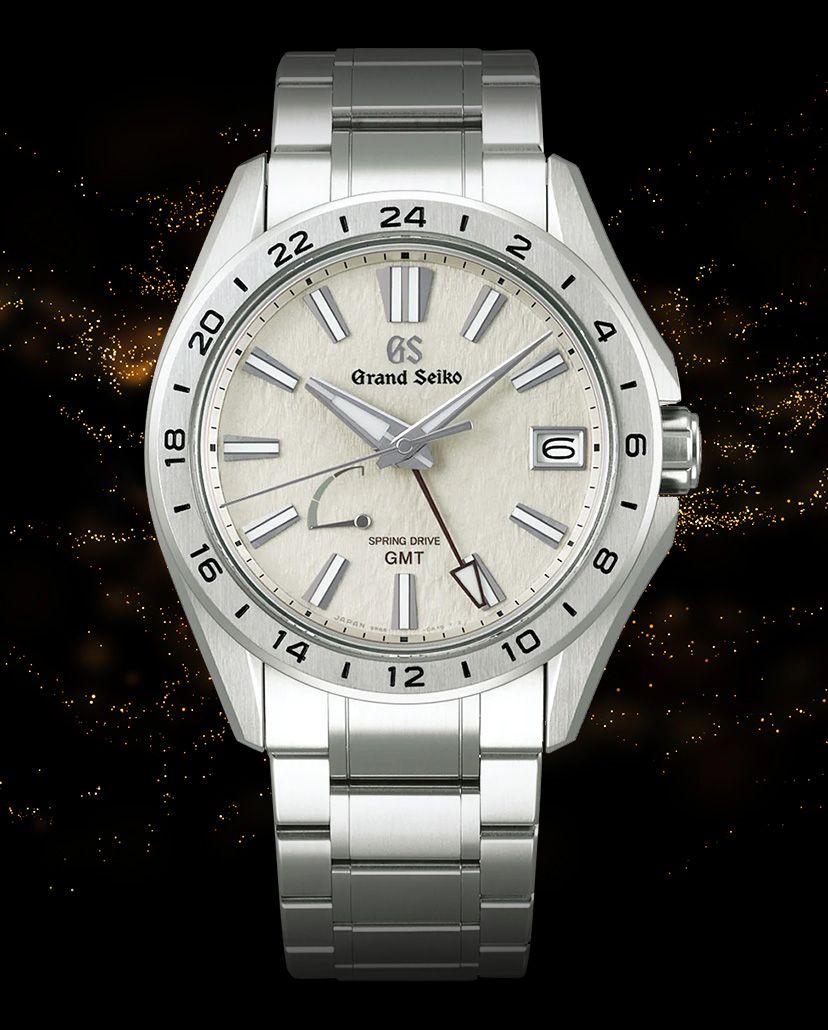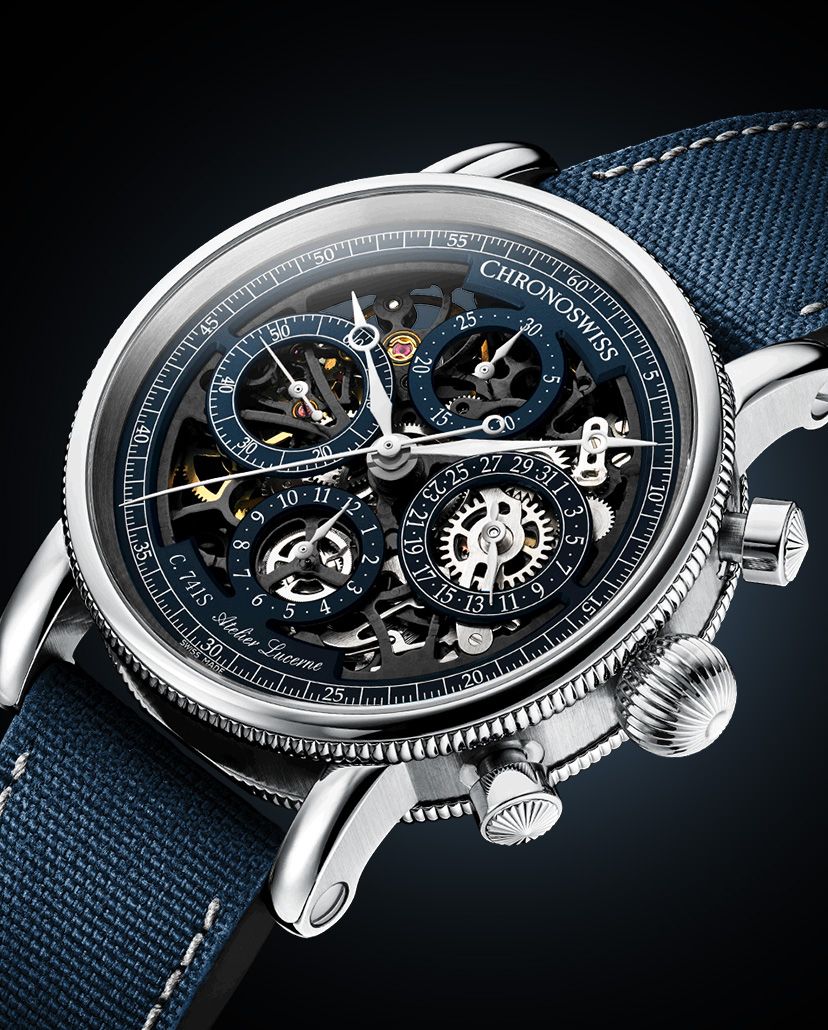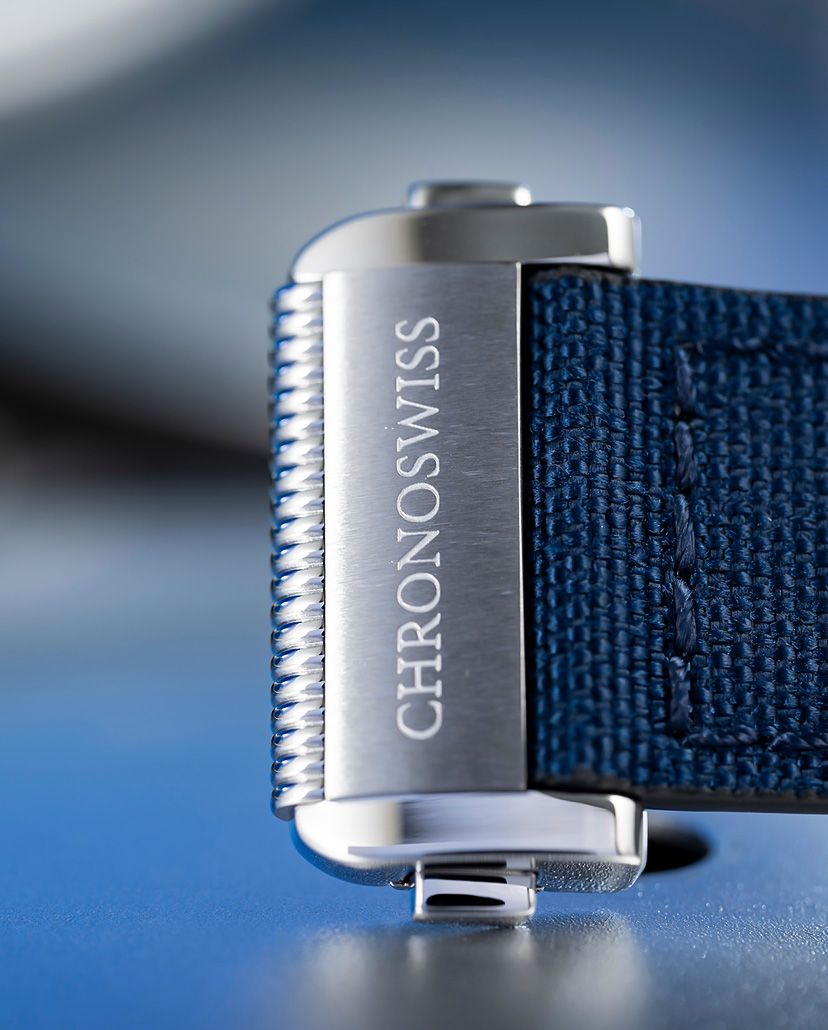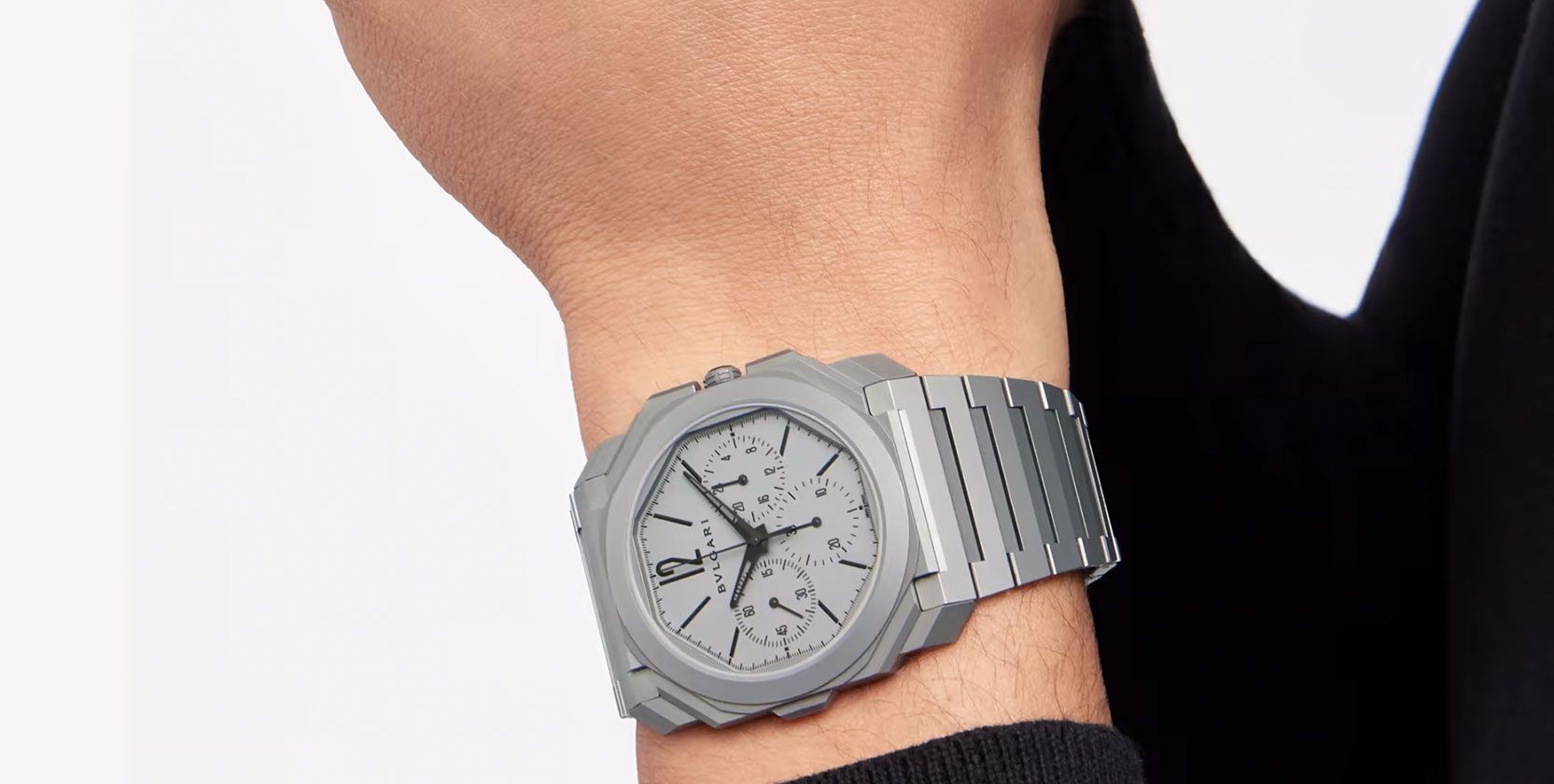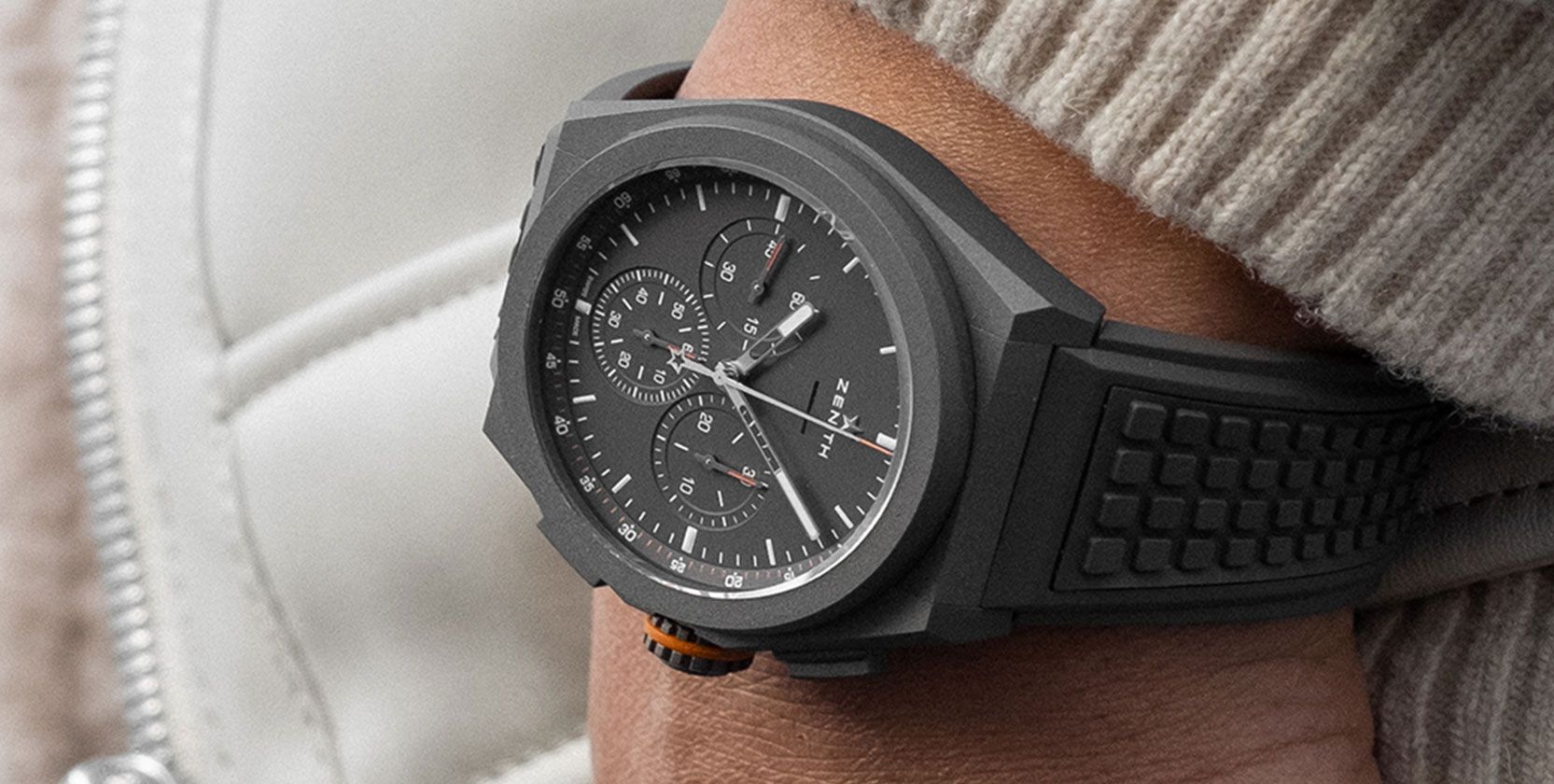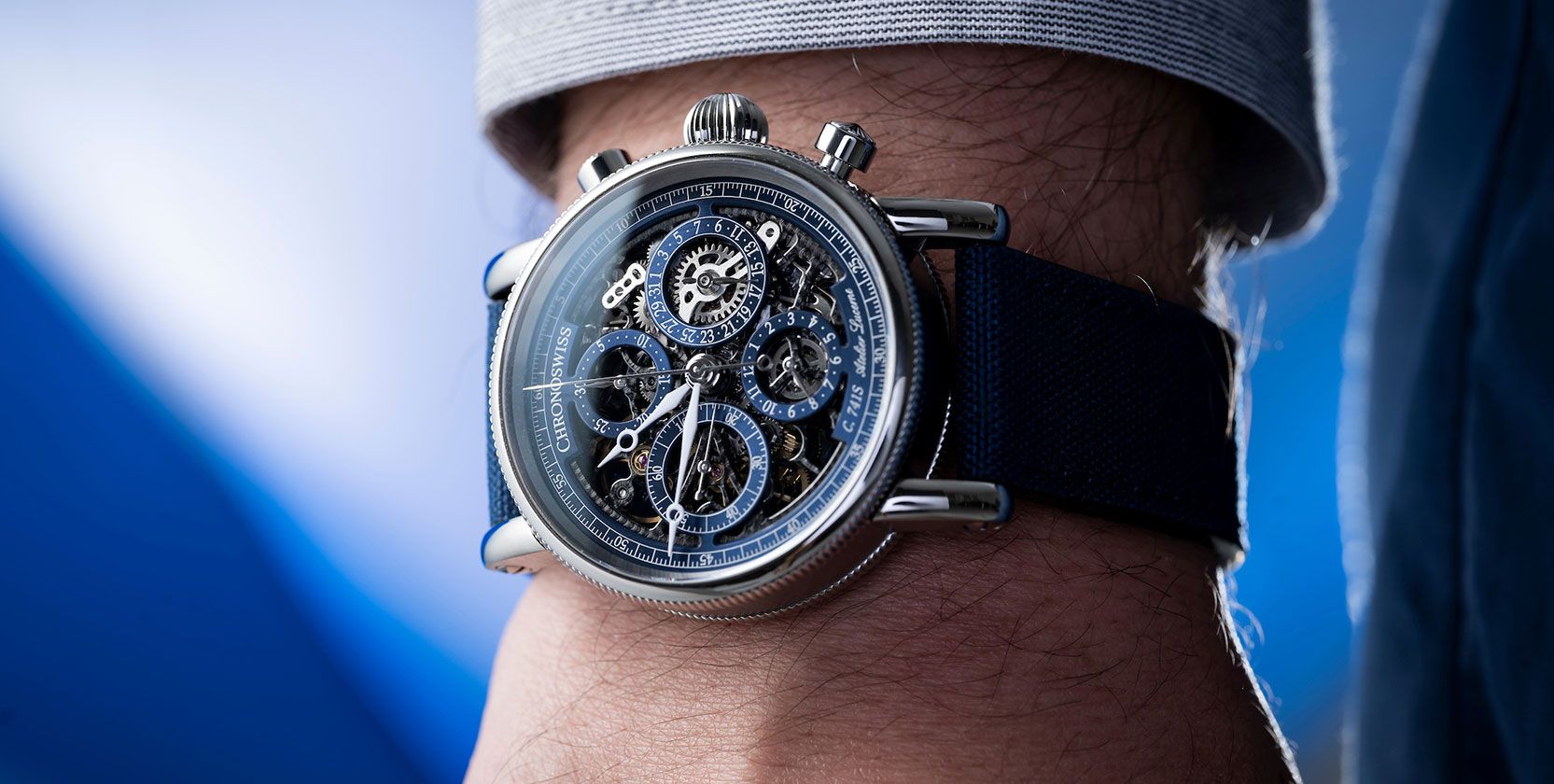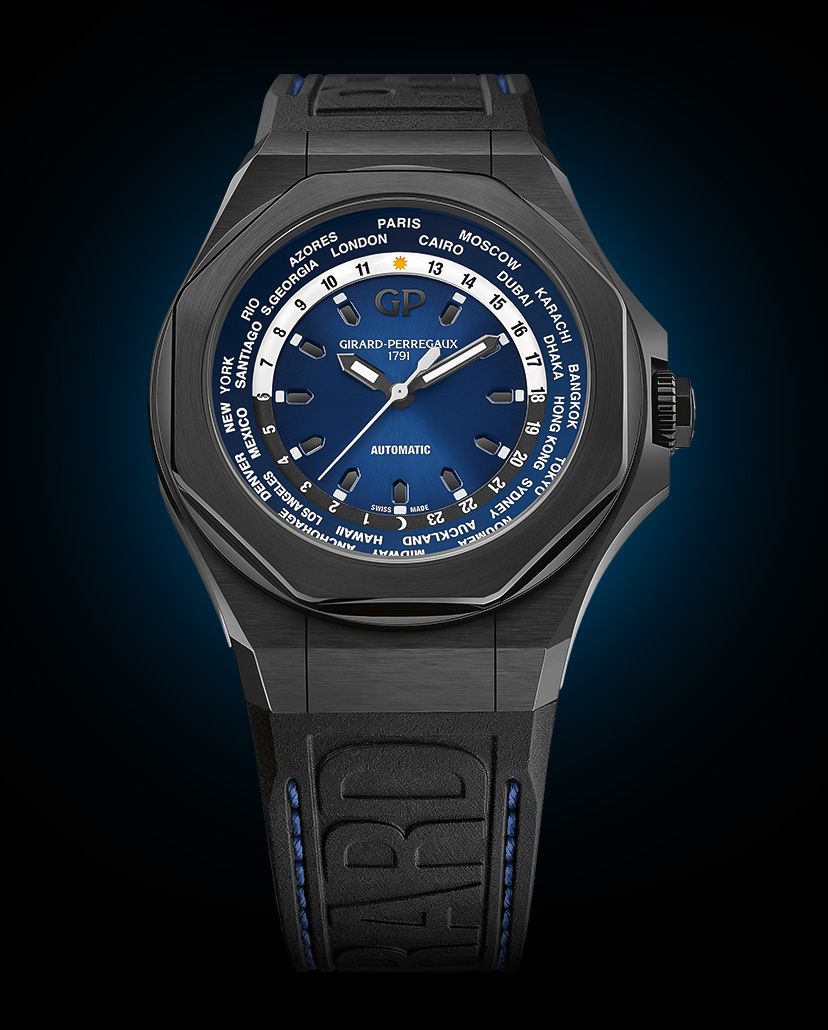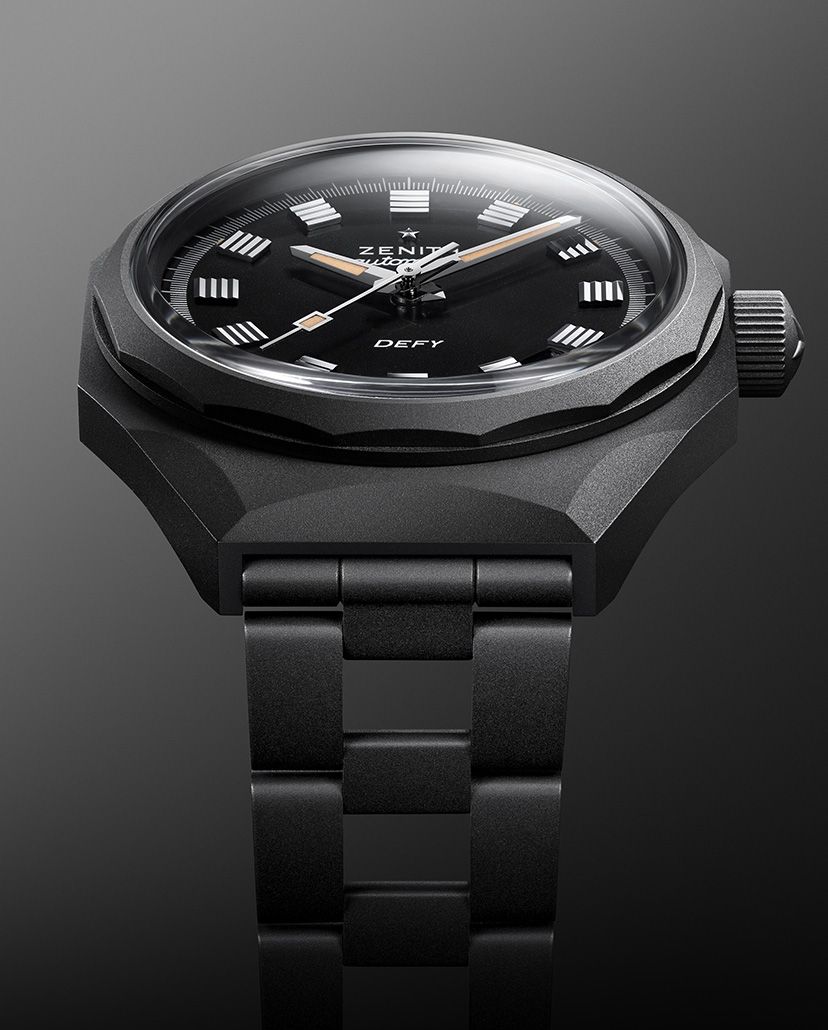FeatureThe Age Of Titans: Everything You Need To Know About The Use Of Titanium In Watchmaking
The use of titanium in watchmaking is growing, with more and more brands offering bracelets, cases, clasps, casebacks and components of the movements made from the durable, lightweight, hypo-allergenic and corrosion-resistant material. Here’s a lowdown on everything there is to know about titanium in your watch
May We Recommend
What started as a convenient—if a little expensive—trend, has paved the way for the future of horology. The number of titanium watches in every price range has increased exponentially, as the use of titanium in watchmaking becomes more mainstream. Titanium’s intrinsic properties make it ideal for crafting watch parts and components of movements. Brands are also experimenting with titanium alloys that highlight the pros of the material while minimising the cons. Omega, for one, have used a new titanium alloy in the dials and cases of their Seamaster Aqua Terra 150m Ultra Light timepieces, even incorporating titanium for components of the co-axial chronometer calibre that powers the watch. Only, the metal and its alloys are likely to have a higher price point than stainless steel, a watchmaking staple, that is, until scientists and metallurgists figure out an easier and cheaper means of extracting titanium from its raw form.
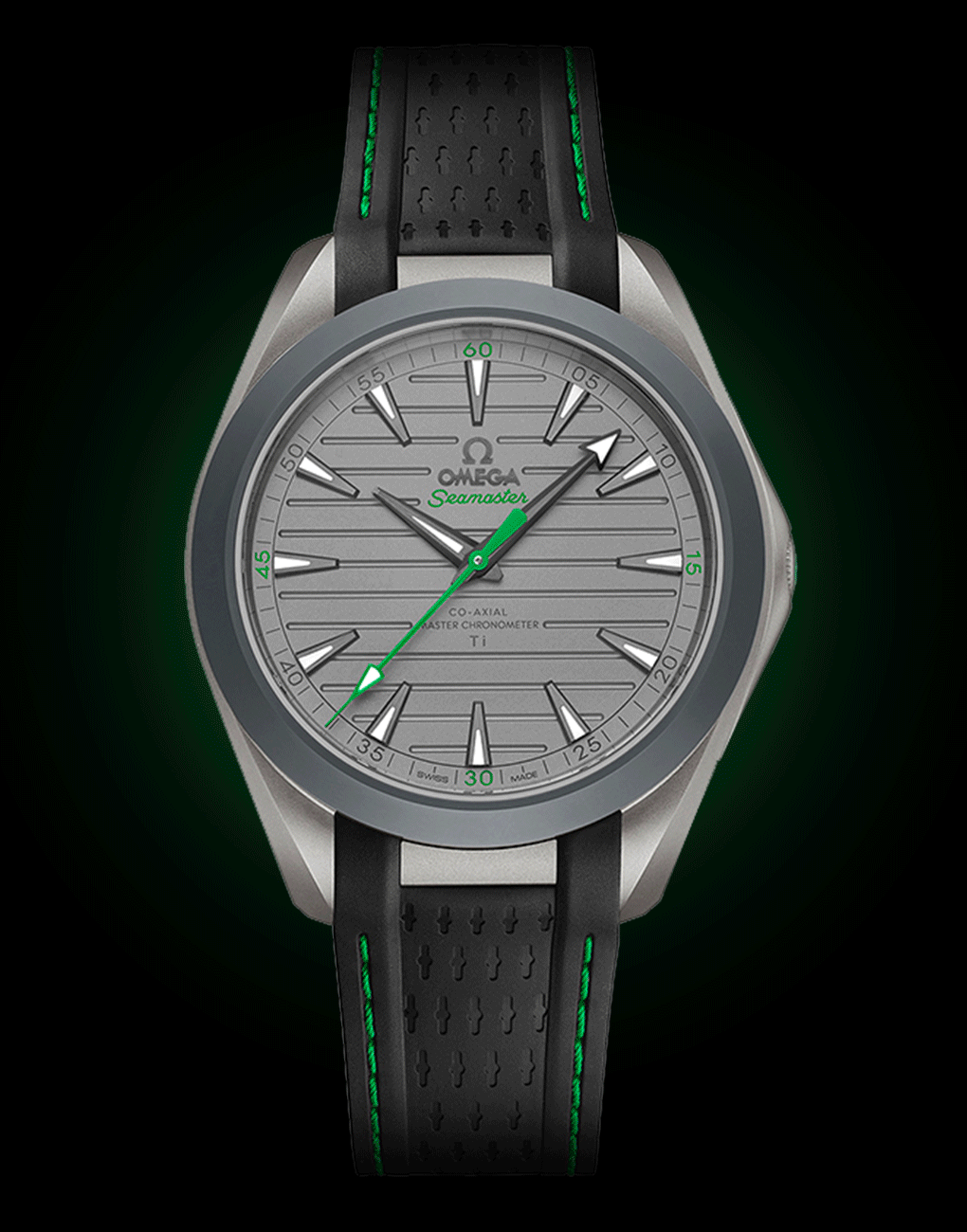
A Brief History Of Titanium In Horology
First discovered in the 1790s by amateur geologist William Gregor in Cornwall, England, titanium was named after the giant-like predecessors of the Greek gods. It was extracted from its ore only in the 1900s, a process that even today is laborious and costly. Although titanium is the seventh most abundant metal on earth, this difficult extraction process makes it more expensive than steel. Its lightness, strength, durability and corrosion resistance made it ideal for use in the aeronautical, space, defence, automotive, and biomedical industries. Titanium was first used in surgery in the 1950s, and today, it is preferred as the metal of choice for implants and instruments, and will not easily corrode or wear with use.
It was the hypoallergenic quality of the metal that prompted its application in the watch industry. If it could be placed inside one’s knee without causing reactions, it could be used for wrist watches. In 1970, Japanese watchmakers Citizen introduced the X8 Chronometer, the world’s first-ever titanium watch. Another Japanese brand, Seiko, followed soon after, but the Swiss, who were, at the time already cautious of quartz and Japanese technology in general, took time to warm up to the metal. The 1980 Porsche Design Titan Chronograph, in collaboration with IWC, was the first Swiss watch made with titanium. It paved the way for other watchmaking giants. Now, almost every major Swiss watchmaking brand has titanium watches in their repertoire. Even a brand that have gained prominence for using platinum, Parmigiani, for instance, use titanium for the cages of their tourbillons.
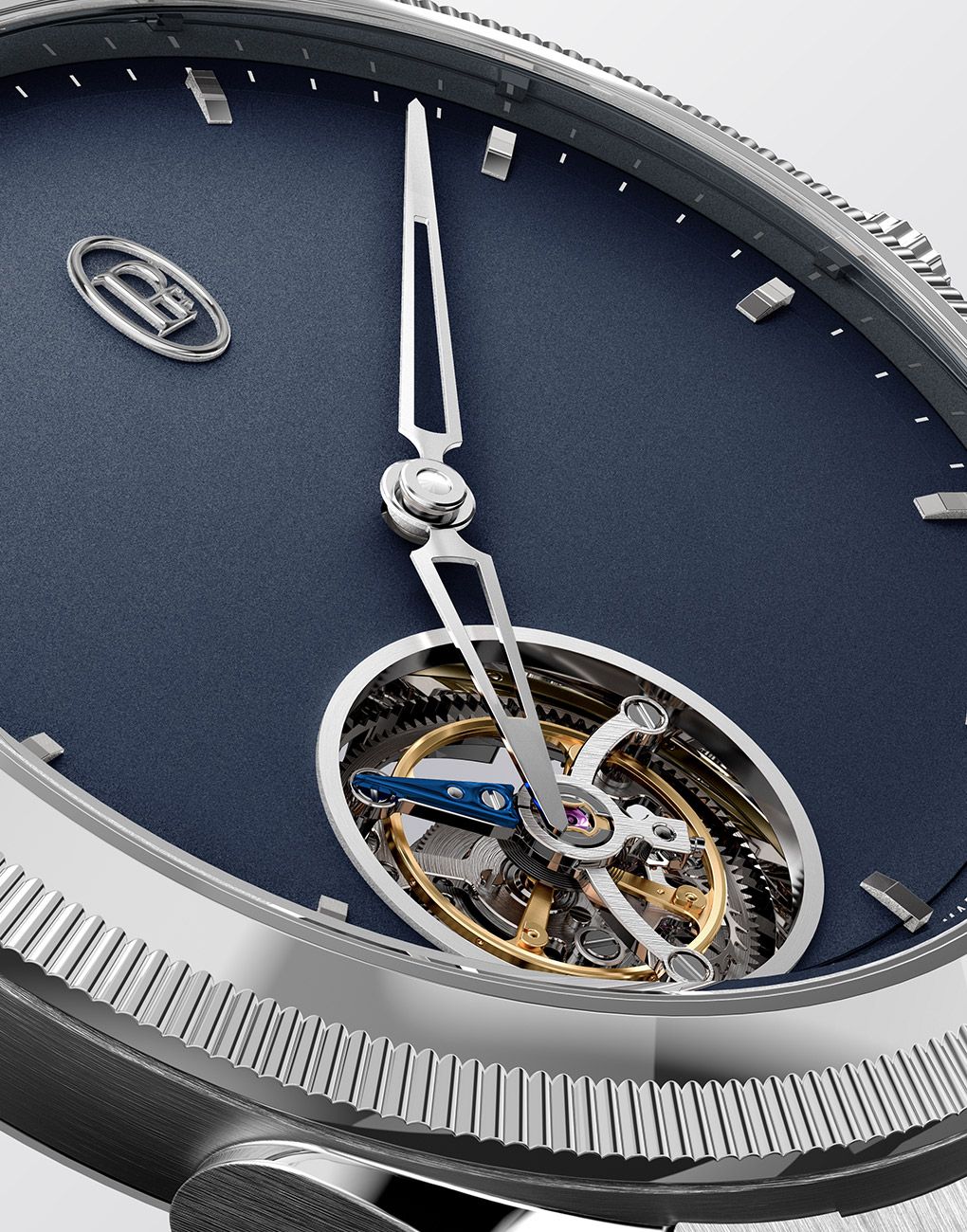
Growing Popularity Of Titanium Watches
Platinum, while just as robust as titanium, is a rare metal and hence drives up the price of a timepiece considerably. Steel, on the other hand, is easily available and widely used in the watch industry. However, both platinum and steel are denser, and therefore substantially heavier than titanium. For contemporary, lightweight and sturdy watches, titanium is the material of choice for watch brands. Hublot introduced titanium watches in their Classic Fusion collection in 2008, and the lightweight and extremely comfortable material is attributed as a major reason for the ever-growing popularity of the collection.
While platinum and steel are on the whiter, shinier side of silver, titanium has a darker grey, almost matt finish. Brands such as Omega have embraced this muted sheen of titanium, offering various versions of their Seamaster dive watches in titanium. Their Aqua Terra 150M Ultra Light collection features a case and dial made from an alloy of the metal called ‘gamma titanium’. The brand’s co‑axial master chronometer calibre 8928 features bridges and a mainplate made from ceramised titanium. Besides being lightweight, the material’s antimagnetic qualities aid in making the entire movement resistant to magnetic fields of 15,000 gauss.
The Use Of Titanium In Watch Parts
In the watch industry, the most practical use of titanium is for the case of a watch. The body, with its constant wear and tear, must resist scratches caused due to everyday use. While scratch-resistant sapphire crystal protects the dial, titanium protects the case. Almost every brand of note now features collections with titanium watches. Oris have taken to titanium in a big way—the case and bracelet of their ProPilot X Calibre 400 is crafted entirely from titanium. Urwerk too use titanium extensively in their timepieces. The Urwerk UR-100V Magic T displays the metal proudly on its futuristic case and seamless bracelet. Even the name of the watch is a nod to almost ‘magical’ properties of the metal. The use of titanium in watches transcends function, as even diverse brands with very distinctive timepieces find the material practical for watches. Grand Seiko’s Evolution 9 High Intensity Titanium GMT and Trilobe’s Nuit Fantastique are beautifully-crafted—albeit very different—executions made from titanium.
Beyond the case material, the metal is used for parts of the movement—Omega’s calibre 8928, or Parmigiani’s tourbillon cages, among others. Bracelets made from titanium have become more popular, owing to the material’s hypoallergenic nature. For titanium watches that are paired with leather or textile straps, brands prefer titanium on the clasps. An example is the Sirius Opus Titanium Chronograph, a modern rendition of the first serially-produced skeletonised automatic chronograph, for which Chronoswiss have used titanium in the case, caseback window and clasp on the textile cordura strap.
Why Titanium Watches Are Easy To Wear
Titanium doesn’t react with most chemicals, and its corrosion-resistance makes for an excellent diver’s watch—one that will likely be exposed to saline water at sea or chlorine in a swimming pool. Steel, which contains nickel, reacts with perspiration and may activate allergies in the wearer. Titanium and its alloys contain no nickel, and this is why the choice of caseback material is, more often than not, titanium—even for watch cases made from non-metallic materials such as carbon, ceramic or sapphire crystal. Omega’s Planet Ocean Dark Grey, for instance, features a case, bezel ring, and caseback made from a new ceramic material, while the dial, bezel body and folding clasp are made from grade-5 titanium. For racing watches too, which are built to take a beating every now and then, robust titanium is the way to go, and TAG Heuer have been known to craft their Carrera and Monaco watches from the metal.
Although a lot of enthusiasts like the weight of a mechanical steel watch on their wrists, for those who find heavy watches cumbersome and restrictive, there’s no turning back once they’ve worn a titanium watch. The freedom of movement and relative weightlessness of titanium is incomparable. Bulgari’s lightweight and slim Octo Finissimo Chronograph GMT, crafted entirely from titanium and only 6.9mm thick, features sharp lines and smooth edges that make it a wearable everyday accessory, should one choose to wear it every day.

Grades Of Titanium Watches And Their Finishes
Essentially, there are two types of titanium used in watchmaking—grade 2 is the purer form of the metal although it is not as robust as grade 5, an alloy containing six percent aluminium and four percent vanadium (Ti- 6Al-4V). Grade-5 titanium is extremely difficult to mould, due to its hardness. TAG Heuer prefer grade 2 and use it extensively in their Carrera collection, although the Aquaracer Professional 1000 Superdiver is made from grade-5 titanium. Louis Moinet use only grade 5 titanium—a good example is their Tempograph Spirit Grade 5 Titanium Limited Edition. While both forms are only scratch-resistant and not scratchproof, over time, the inherent qualities of the metal tend to cover nicks easily. When exposed to air, the titanium dioxide layer that that forms over it prevents the metal from further reactions, so, while even titanium watches will get the occasional nick, they won’t look as damaged as, say, steel watches.
Brands sometimes use treatments such as a DLC (diamond-like carbon) coating to make titanium watches stronger and more resistant to scratches. The Girard-Perregeaux Laureato Absolute WW.TC world-timer is a stunning example of a DLC-treated titanium case done right. However, treatment on titanium does take away from the visual appeal of the metal itself. Its instantly identifiable matt grey can enhance or tone down the overall impact of titanium watches, depending on the finish. The Zenith Defy Revival Shadow features a microblasted titanium finish that plays up the monochromatic impact of the timepiece and ladder bracelet. Polished and satin-brushed finishes are the more widely-seen treatments on a titanium case, much like the metal’s cheaper alloy-cousin, stainless steel.
With its robustness, durability, lightness, corrosion-resistance and hypoallergenic qualities, titanium watches—whether they are designed for racing, diving or flying—make for comfortable and wearable everyday timepieces. The only con, so far, is the pricing—although this drawback may be temporary. Until then, there are more than enough options to choose from when looking for a watch that offers quality mechanical craftsmanship but weighs next to nothing. Titanium watches are, after all, a step into the future.


